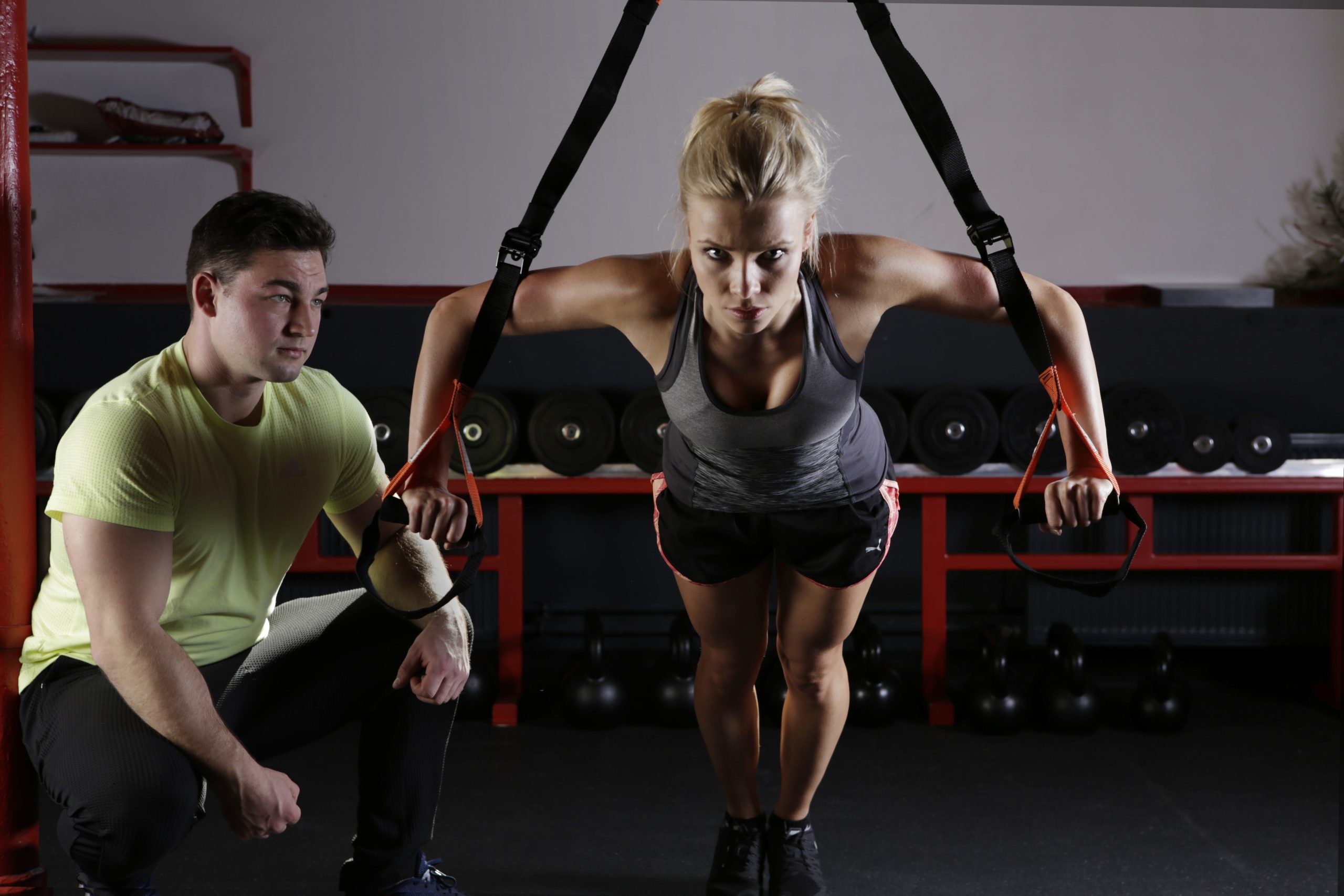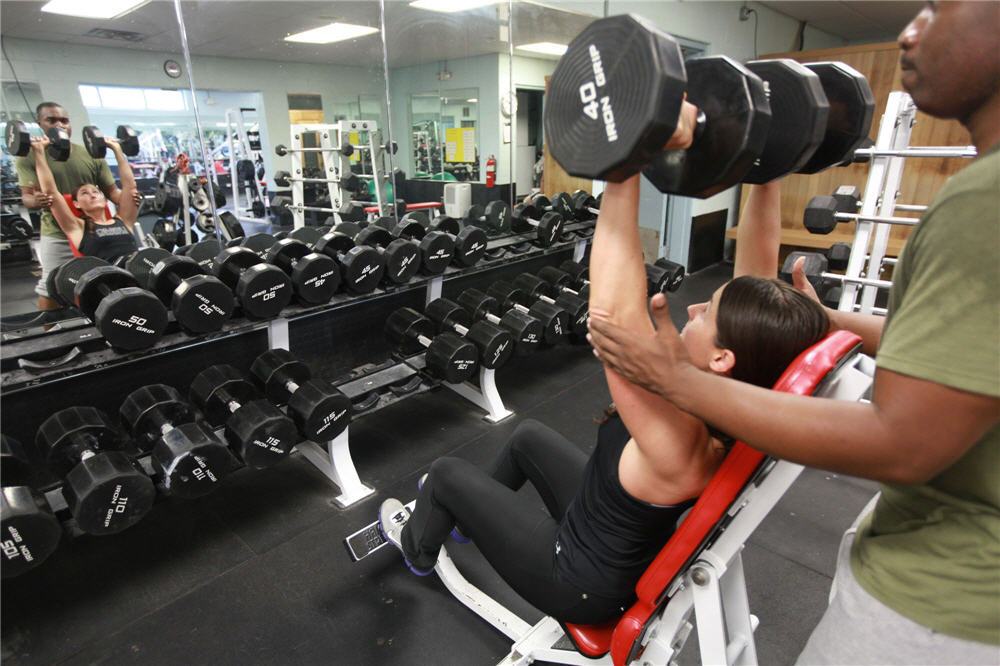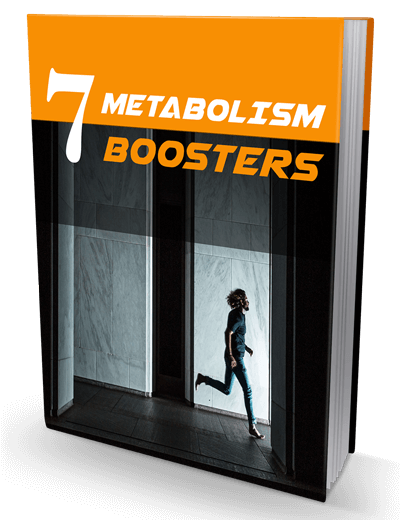So, you’ve made the decision to embark on your fitness journey? Fantastic! But hold your horses for a moment.
You might believe that going solo is the best route to achieving your fitness goals, but you’d be mistaken.
In fact, enlisting a coach is one of the smartest steps you can take to ensure your fitness success is virtually guaranteed.
Curious why? Here are five compelling reasons why hiring a coach is a must!
#1 Tailored Training Plans
Ever found yourself lost on the internet late at night, pondering how many sets and reps to tackle for those bicep curls?
If you have, you understand the frustration and confusion that comes with not having a clear workout plan. This is precisely where a fitness coach or personal trainer can make a world of difference. Certified professionals can craft effective training routines that eliminate guesswork.
Additionally, they offer valuable guidance on proper form and technique, safeguarding you from injuries while optimizing your workouts. If you’re feeling stuck in your fitness journey, this reason alone justifies hiring a PT!
#2 Customized Nutrition Plans
Beyond workouts, a fitness coach can curate a personalized nutrition plan tailored to your specific needs and objectives. They eliminate the guesswork by providing constant guidance and support.
Whether your goal is weight loss, muscle gain, or overall health enhancement, a fitness coach is your compass to success. You won’t have to navigate this journey alone – your coach will be your steadfast motivator every step of the way.
Moreover, they can closely monitor your progress and make necessary adjustments to the plan!
#3 Prevention of Costly Errors
Coaches are worth their weight in gold because they prevent expensive missteps. Their experience equips them to differentiate what works from what doesn’t.
They understand the significance of tracking progress, setting goals, and troubleshooting when things don’t go as planned. While you could learn from your mistakes, it would take longer and potentially cost more in terms of time and resources.
A coach ensures you stay on track, motivated, responsible, and injury-free!
#4 A Fresh Perspective
A fitness coach offers an outsider’s perspective on your training, noticing aspects you might overlook. They provide critique and feedback that foster improvement.
They’re adept at identifying errors in your form, technique, and even your mindset – then they work to rectify them.
Remember, an external viewpoint always adds value, and coaches excel in this department!
#5 Accountability
Boost Have you ever initiated a solo workout routine, only to gradually skip more sessions until quitting entirely? It’s a common predicament, but there’s a solution: hiring a fitness coach.
A great coach doesn’t merely devise an effective workout plan; they also hold you accountable. They ensure you attend your workouts and push you to persist even when fatigue or discouragement sets in.
In essence, a fitness coach can be the linchpin between success and failure!
But we understand that not everyone can afford a personal trainer. That’s why we’ve got you covered with our NSH FIT & Well Club.
It’s your all-in-one solution to learn everything you need to know about fitness, nutrition, mindset, and health, like having your personal trainer in your pocket. And its only €9.90/ month!
From fitness challenges, workout programs to nutrition, healthy recipes and mindset courses – we’ve got you covered!
Take a look at what our membership includes here:








